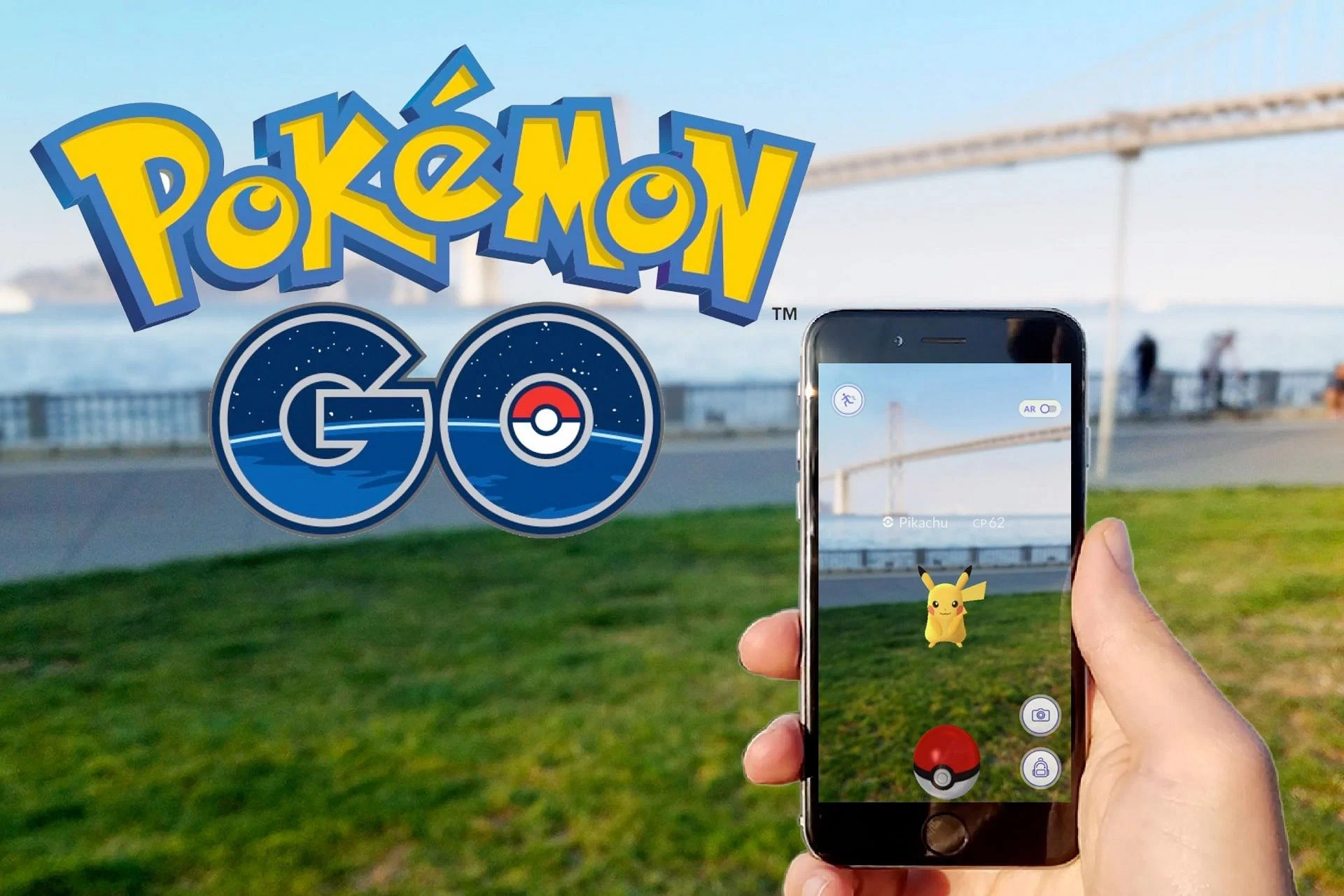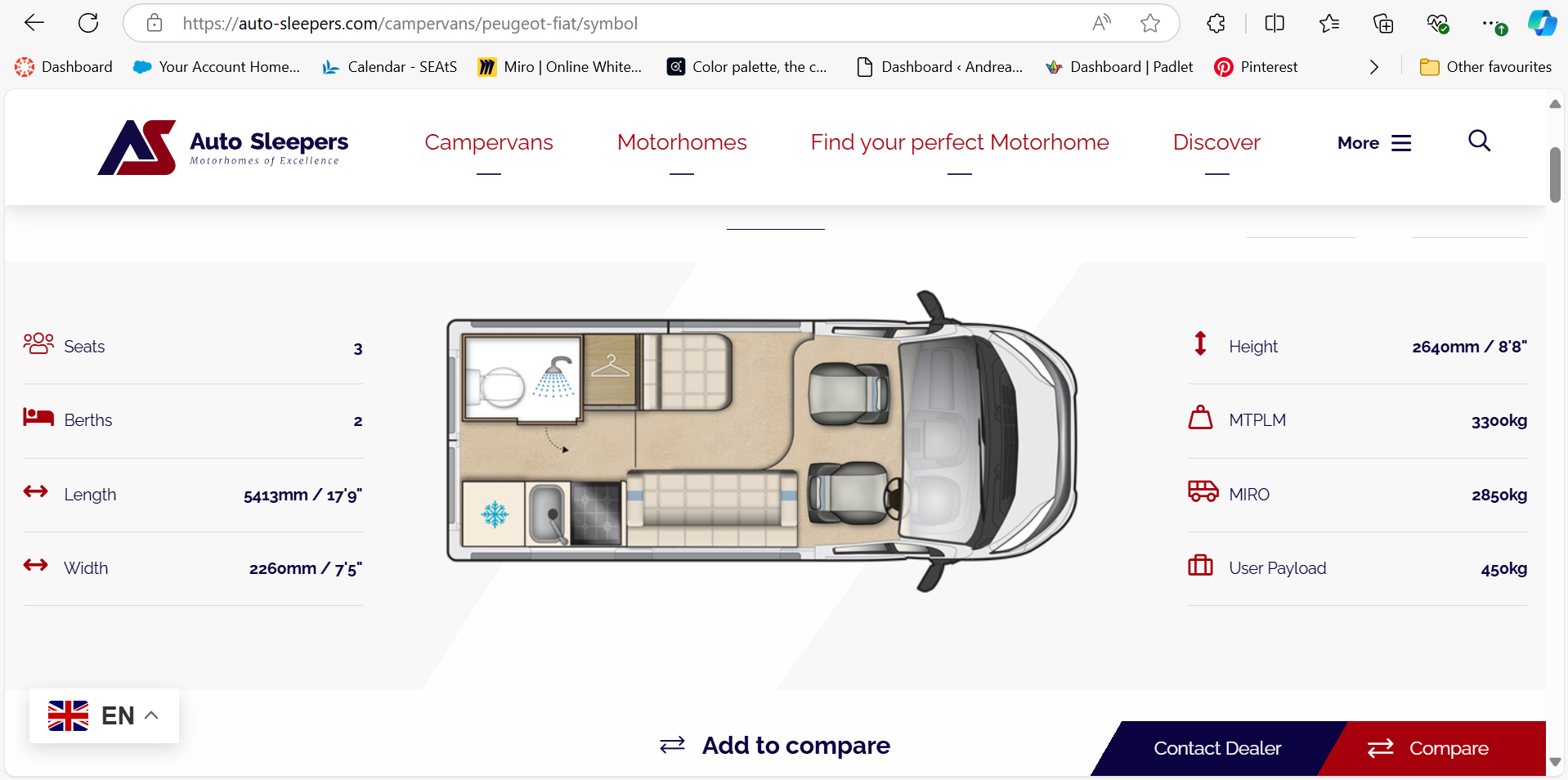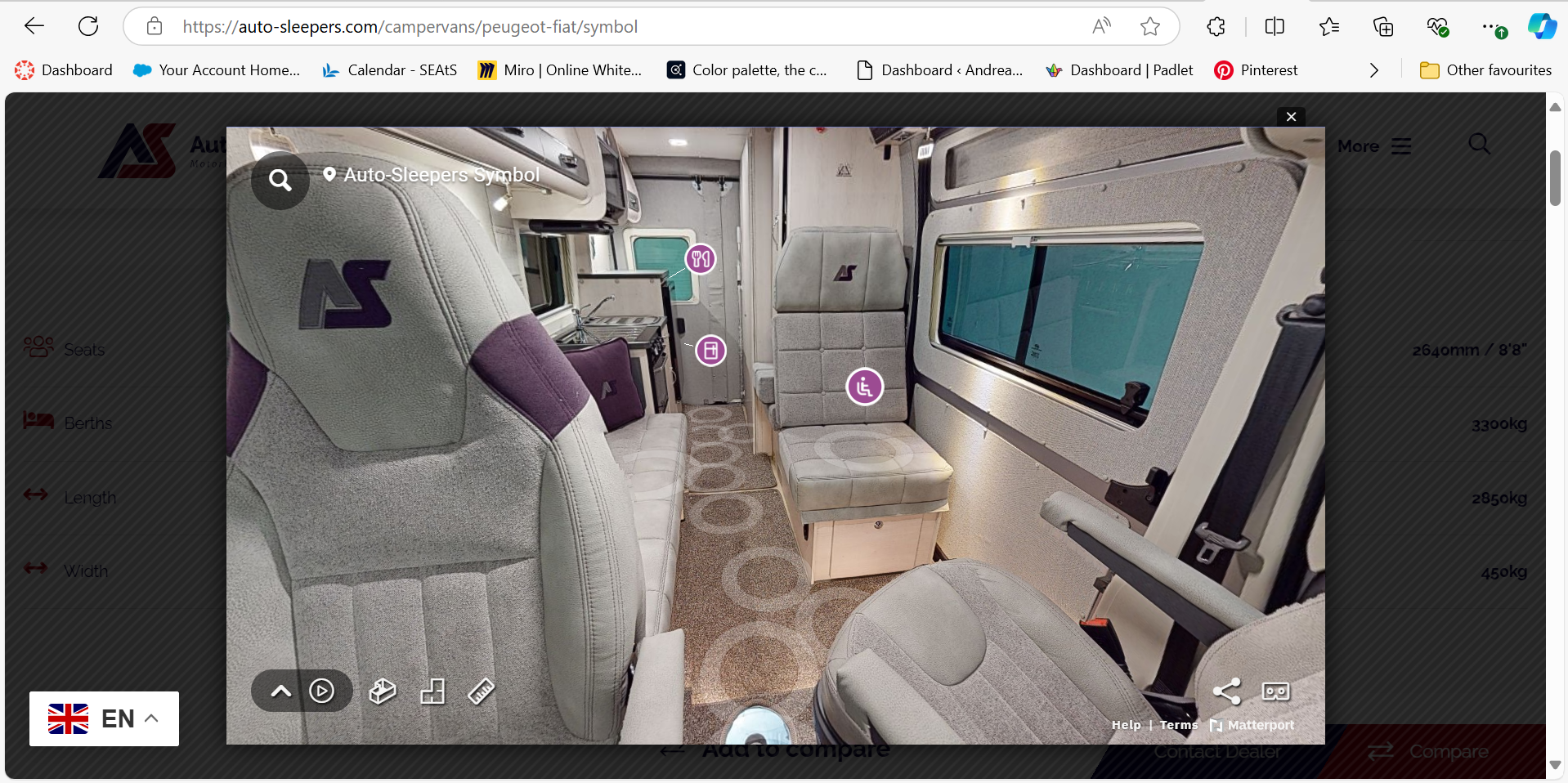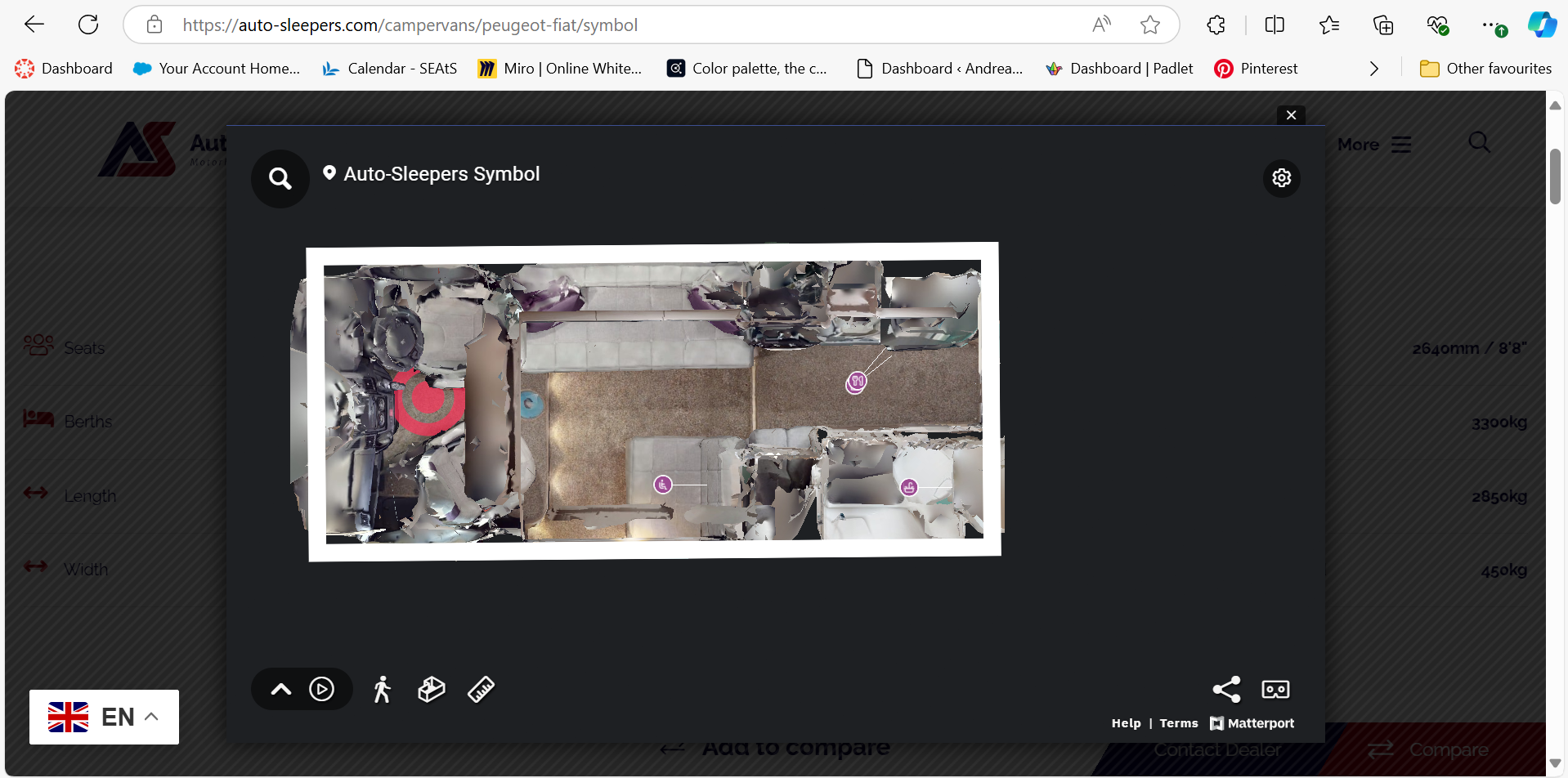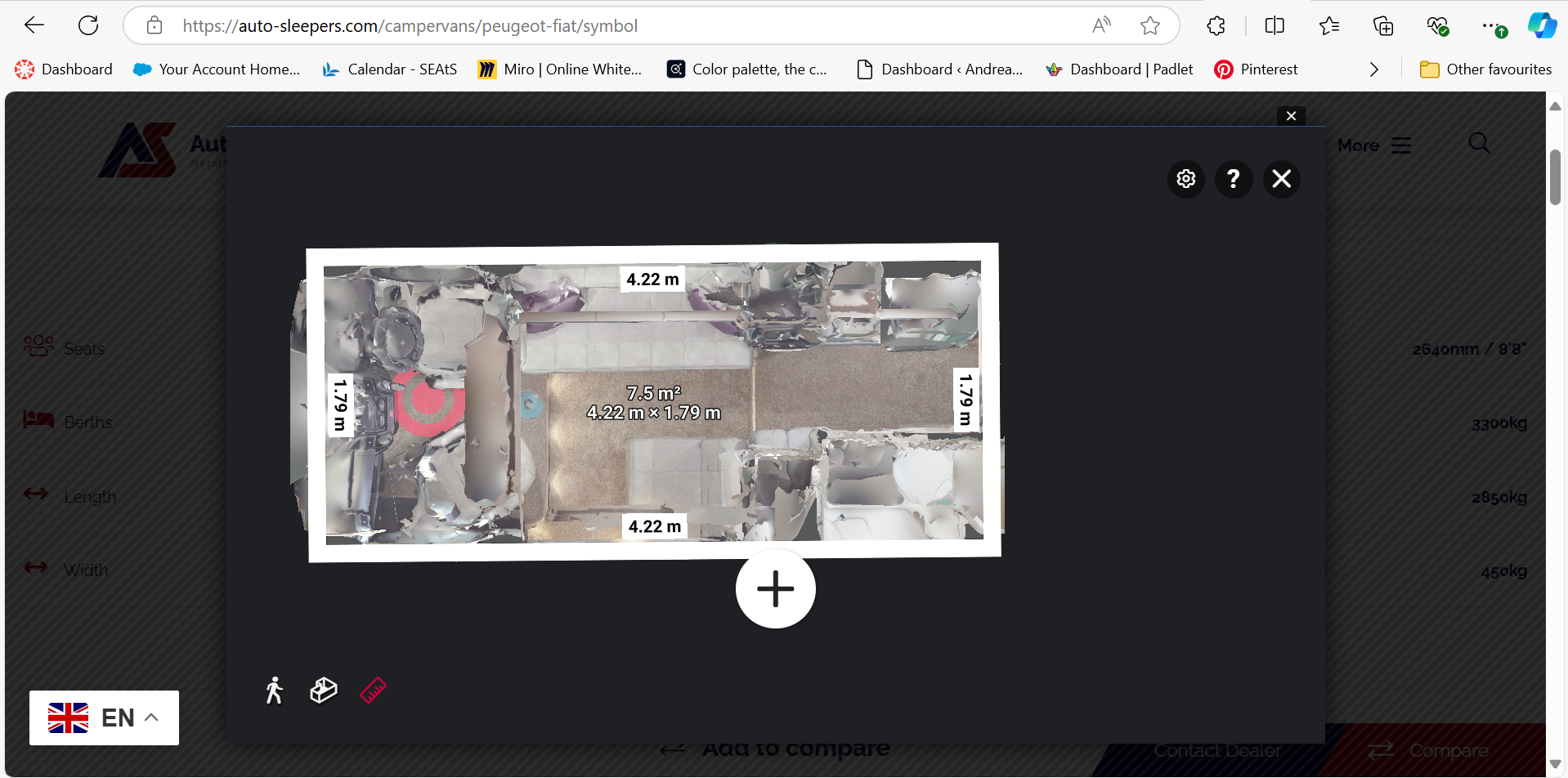General and Industry Research
What is Augmented Reality (AR)?
Augmented Reality (AR) is a technology that overlays digital elements—like images, sounds, or information—onto the real world through devices such as smartphones, tablets, or AR glasses. Unlike Virtual Reality (VR), which creates a fully immersive virtual environment, AR enhances the physical world by adding layers of digital content, allowing users to interact with both the real and virtual worlds simultaneously.
History of AR with Real Examples
AR has come a long way since its early development. The concept first emerged in the 1960s when computer scientist Ivan Sutherland created the “Sword of Damocles,” the first head-mounted display. However, AR as we know it started gaining momentum in the 1990s. One of the early practical applications was by Boeing in the 1990s, where AR was used to assist workers in assembling complex wiring systems by overlaying instructions onto the real world.
Figure 1: Retro VR # // Ivan Sutherland and The Swords of Damocles (video example).
More recently, Pokémon GO (2016) popularized AR for the masses, using mobile devices to let players catch virtual creatures in the real world.
According to Kartik Hosanagar (2016) “The important thing is that most of the user base is not thinking of ‘Pokemon Go’ as AR. Instead, they are thinking of it as a great gaming experience.”
Kartik Hosanagar’s quote highlights an interesting point about how people often engage with AR without realizing it. In the case of Pokémon GO, most users weren’t focused on the fact that they were using AR technology—they were just enjoying the game. This shows how AR can be seamlessly integrated into everyday experiences, making it more about the interaction and less about the technology itself. It suggests that successful AR applications are those where the technology enhances the experience without overshadowing it.
AR is now used in various fields, from Microsoft’s HoloLens (2016), a mixed reality headset that blends AR with real-world tasks for industries like healthcare and construction, to IKEA’s Place app (2017), which lets users place virtual furniture in their homes.
Figure 3: Say Hej to Ikea Place App YouTube (video example).
Research Background: AR/VR in Real Estate, Automotive, and Mobile Homes
AR and VR have already been successfully used in industries similar to camper vans. For example, in real estate, companies like Matterport (matterport.com) allow buyers to take virtual tours of homes, providing a detailed, immersive experience without having to visit in person. The automotive industry is also getting into VR. BMW has developed a VR experience where potential customers can virtually test drive cars (bmw.com), and Audi has used AR for an interactive showroom experience (audi.com). In the mobile home industry, Winnebago (winnebagoind.com) uses virtual tours to showcase RV interiors, which is a similar approach I’d like to take with my camper van project. Seeing how these industries have successfully implemented AR/VR gives me confidence that it can work well in the camper van sector too.
Figure 4: Matterport example
Figure 5: Audi example
Figure 6: Winnebago example
Competitor Analysis: Camper Van Companies and Digital Features
In analyzing competitors within the camper van industry, it is evident that while digital tools are increasingly being adopted, immersive augmented reality (AR) experiences remain relatively underutilized.
A notable example is Auto-Sleepers, which offers 360-degree virtual tours of their camper van interiors (Figure 7). This feature enables potential buyers to explore the layout and design of camper vans from their own homes. By providing a detailed, panoramic view of the interior, Auto-Sleepers allows users to make more informed decisions without needing to visit a showroom. This user-friendly approach effectively engages customers, demonstrating how straightforward digital tools can enhance the buying experience.
In contrast, Hymer has advanced further with their HYMER Connect system (Figure 8), which integrates their camper vans into a smart digital ecosystem. Through this system, users can control various functions of the living area—such as lighting, heating, and energy levels—via a mobile application, while also accessing real-time vehicle information. This smart connectivity not only simplifies the user experience but also aligns with the growing demand for connected living spaces, offering a seamless integration between vehicle and user.
Figure 8: Technology highlight HYMER Connect App
Inspiration for My Project
For my AR camper van project, I aim to synthesize the strengths of both approaches. Inspired by Auto-Sleepers, I plan to implement a 360-degree interior view feature to provide users with an immersive visual experience. Additionally, drawing from Hymer’s smart home technology, I will explore the possibility of incorporating real-time updates or interactive customization features, allowing users to visualize potential modifications to the van’s features. This combination of immersive viewing and smart interactivity will provide a more comprehensive and futuristic user experience.
Conclusion
This project aspires to transform the camper van purchasing process through the use of cutting-edge AR technology, offering users a highly interactive and engaging platform to explore and customize their vehicles. However, it is crucial to remain realistic about what can be achieved within the project timeline, taking into account my current 3D modeling skills and software proficiency. The successful execution of this project will depend on balancing ambition with technical feasibility.
Reference list:
AutoSleepers (n.d.) Motorhome of Exellence. [Online] Available at: Symbol | Peugeot Fiat Campervans | Auto-Sleepers [Accessed 06 Oct 2024].
Hymer (2022) HYMER Connect App: The first smart ecosystem for the connected motorhome. [Video]. HYMER Connect App: The first smart ecosystem for the connected motorhome on Vimeo [Accessed 06 Oct 2024].
Ikea (2017) Say Hej to IKEA Place. [Video]. (183) Say Hej to IKEA Place – YouTube [Accessed 06 Oct 2024].
Immersed Robot (2020) Retro VR #1 // Ivan Sutherland and The Sword of Damocles. [Video]. (183) Retro VR #1 // Ivan Sutherland and The Sword of Damocles – YouTube [Accessed 06 Oct 2024].
Inside Real Estate Photography (2021) Creating Matterport Real Estate Virtual Tours. [Video]. | Fiverr 3D Architecture & Interior Design 10s (youtube.com) [Accessed 06 Oct 2024].
Morelo, D. (2022) Meet the Sword of Damocles, the First VR Headset in the World [Blog Post]. VRsource. 19 April. Meet the Sword of Damocles, the First VR Headset in the World – VR Source [Accessed 06 Oct 2024].
Neil Balthaser (2018) 2018 Winnebago Paseo Review (360 Degree Video Tour) | Affordable All-Season Van for a Couple. [Video]. 2018 Winnebago Paseo Review (360 Degree Video Tour) | Affordable All-Season Van for a Couple (youtube.com) [Accessed 06 Oct 2024].
Our Crowd. (2024) Augmented Reality in Business: Innovative Uses and Impact [Blog Post]. 2 May. Available at: Augmented Reality in Business (ourcrowd.com) [Accessed 06 Oct 2024].
Poetker, B. (2023) A Brief History of Augmented Reality (+ Future Trends & Impact) [Blog Post]. G2. 9 August. A Brief History of Augmented Reality (+ Future Trends & Impact) (g2.com) [Accessed 06 Oct 2024].
Staff, W. (2016) Kartik Hosanagar [Direct Citation]. Available at: How “Pokemon Go” Took Augmented Reality Mainstream – Knowledge at Wharton (upenn.edu) [Accessed 06 Oct 2024].
The Pokemon Company (2017) A difference of perspective [Photograph]. What is AR mode in Pokemon GO? (sportskeeda.com) [Accessed 06 Oct 2024].
Woow Studio (2020) Audi E-Tron virtual showroom. [Video]. Audi E-Tron virtual showroom (youtube.com) [Accessed 06 Oct 2024].
